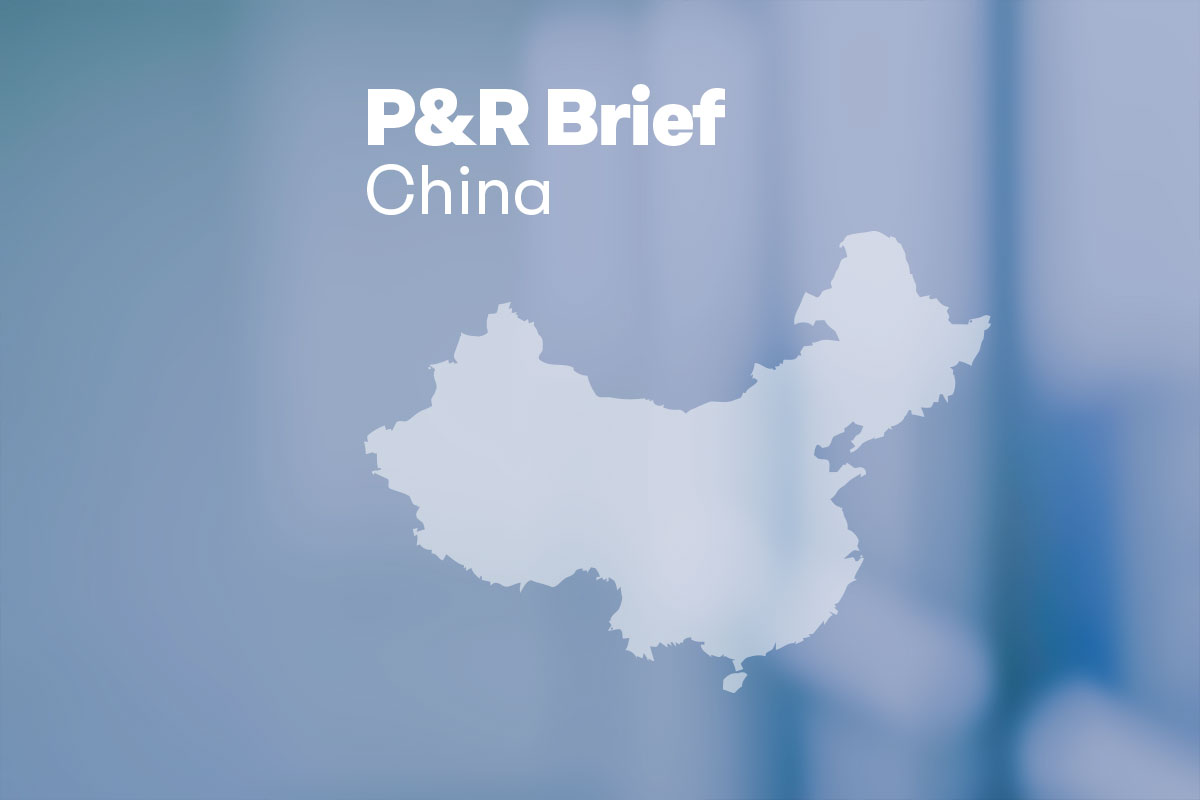The National Healthcare Security Administration (NHSA) has recently announced developments in the provincial medtech access and reimbursement policies. How will China’s medtech access landscape evolve as a result?
China has come a long way with pharmaceutical access policies since the introduction of the National Reimbursement Drug List (NRDL) system for innovative drugs in 2017, and volume-based procurement (VoBP) for matured generics in 2018. Despite tweaks and twists each year, the overarching framework has largely stayed intact and increasingly institutionalized.
The case is different for medtech.
New developments in China’s medtech access landscape
Historically the access environment, procurement process, coding eligibility, and reimbursement standards for medtech devices and consumables have always been region-specific. In many cases, there were substantial variations and heterogeneities in decision-making at the city and hospital levels. As such, the environment posed challenges to the industry, as well as to the government stakeholders.
As the main stakeholder, NHSA has been looking into possible reforms, initially with the top-down approach of establishing National Reimbursement Medical Device List (NRMDL), aiming to replicate NRDL. However, this approach has encountered challenges given the complexity of medtech device and consumable landscape, and the large variations in healthcare budgets and needs across provinces.
In May 2023, NHSA indicated a change of direction from top-down management to a bottom-up approach, issuing policies requesting NRMDL to be established in all provinces by 2025. Additionally, each province must introduce access and negotiation mechanisms for high-value devices and consumables, and reimbursement standards tailored to local budget and healthcare needs.
Future outlooks and implications
While still allowing each province to experiment, the new policies indicate a shift toward standardization of medtech access framework. At the same time, the more successful provincial pilots may serve as inspirations for other provinces, and possibly blueprints for national rollout in the future.
Some provinces are likely to build on their current reimbursement lists. For example, Zhejiang currently covers over 400 medical devices. Reimbursement is capped at 0.3 million yuan (RMB) per unit for high-priced medical devices, such as artificial blood vessels and aortic valves.
Other regions, like Shanghai, responded to the recent NHSA policies by announcing the latest access and reimbursement scheme. This highlighted their rigorous process of expert review and price negotiations based on cost-effectiveness and budget impact assessments.
How will medtech players benefit?
Medtech players need to react to the latest developments with promptness and foresight. This enables them to remain focused in key provinces while influencing potential policy and mechanism changes at a larger scale as they unfold in more regions.
Medtech players benefit from:
- A forward-looking assessment of potential access scenarios to map directional outcomes on the pricing and commercial potential of their products.
- Value differentiation and evidence generation to elucidate its competitiveness and prepare for the upcoming provincial listings and negotiations.
- Effective engagement based on holistic segmentation and prioritization of high potential provinces.
Reach out to our industry experts for more information.
Thanks to contributors: Shiying He, Tao Jiang, Selene Peng



